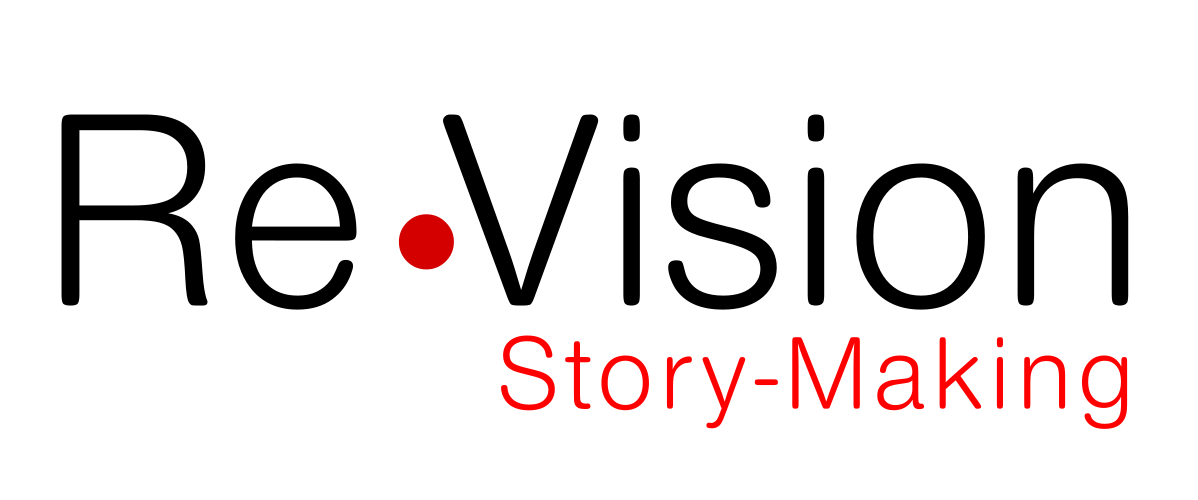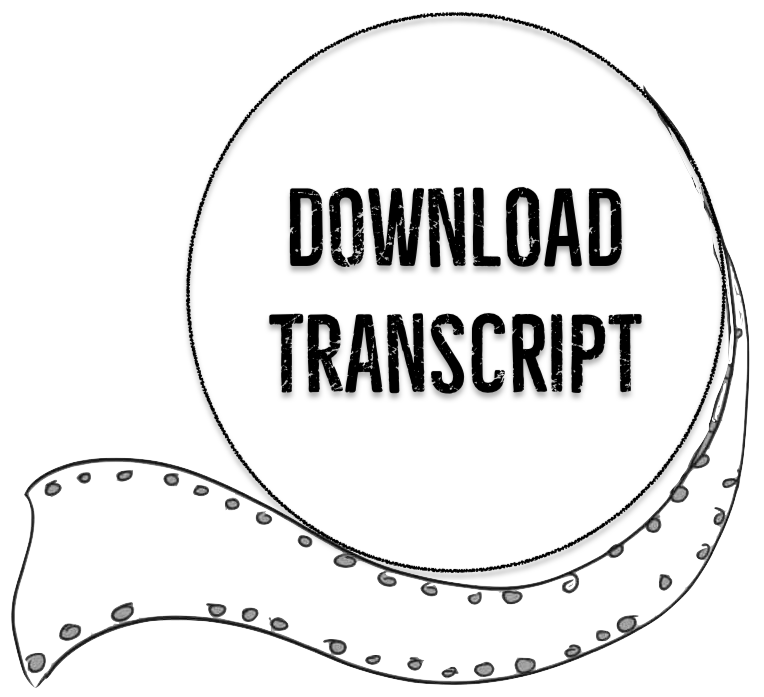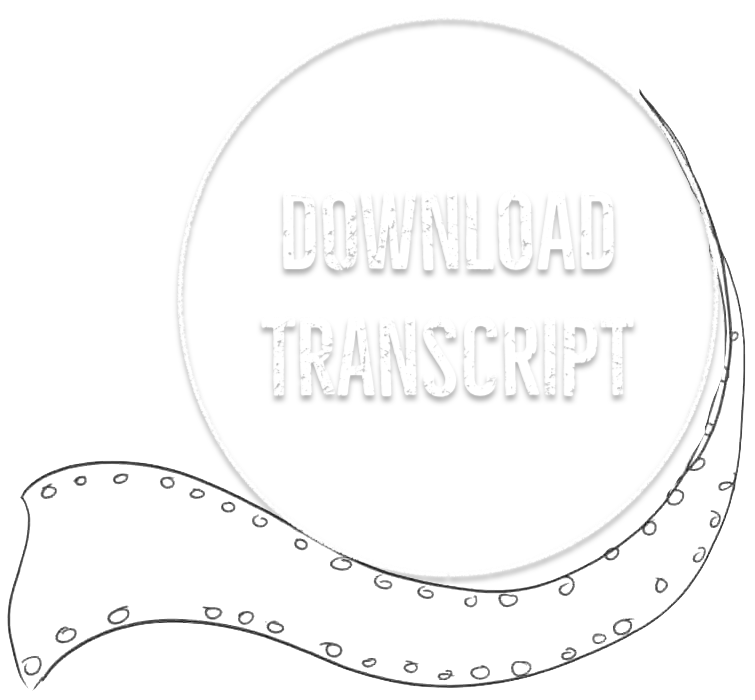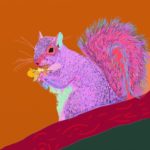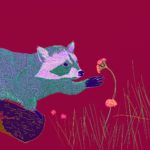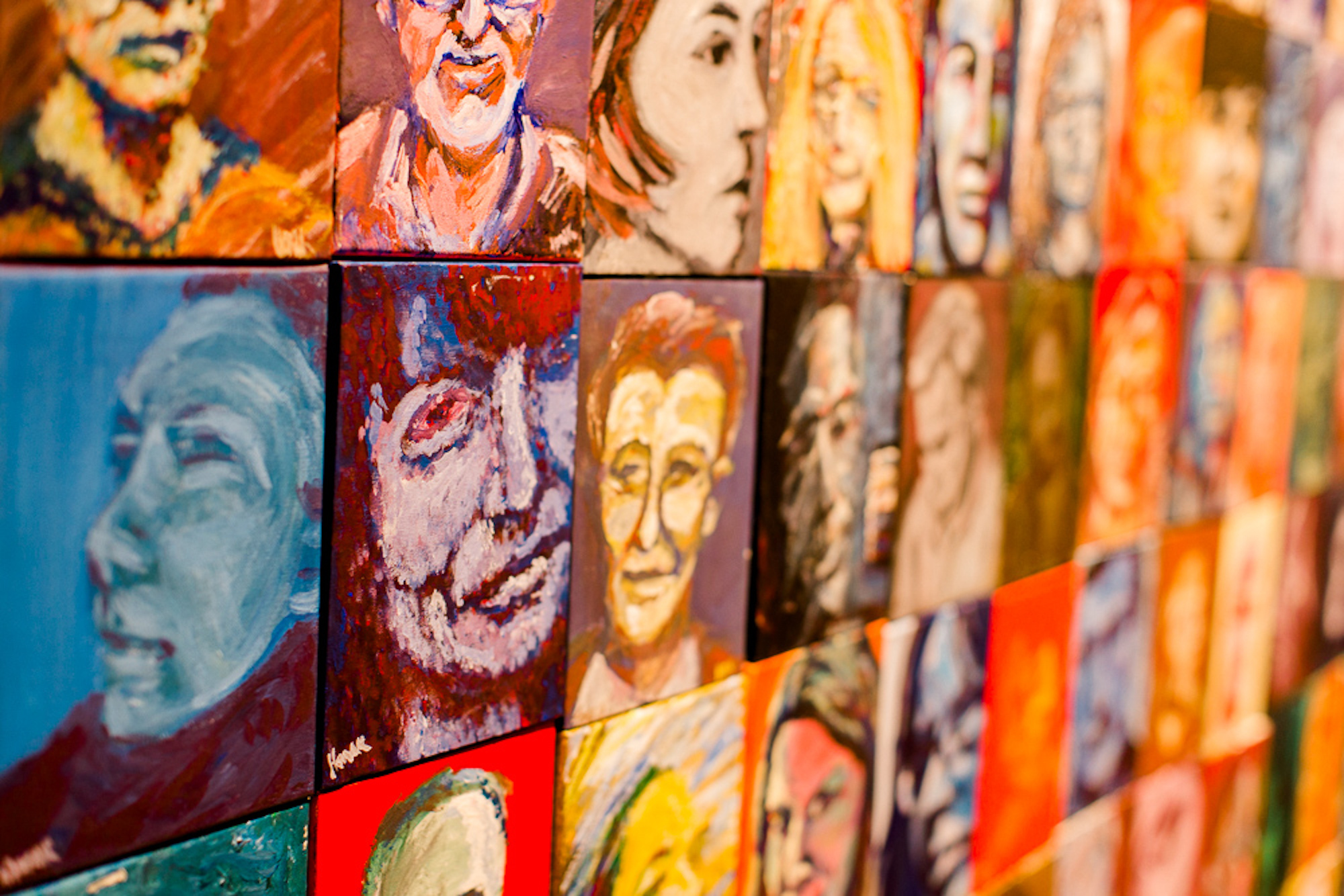
Representation and ReVisioning
Images, photographs, video clips, drawings and other types of visual media, are important elements of storytelling. While most storytellers may start with an audio narrative of the story they wish to tell, others might have a specific visual narrative they want to communicate.
The visual aspects of digital storymaking provide storytellers with different ways to confront and disrupt harmful narratives that are often unquestioned or unchallenged in society at large.
When thinking through imagery it may also be useful to think about representation of the self, of an individual or community. A story may speak back to negative stereotypes and tropes or challenge assumptions.
We live in a world filled with (mis)representations of many marginalized and justice-seeking communities. Disabled artists, activists, and scholars must contend with these when creating alternative representations of disability since they saturate our representational field.
Disability and Difference
Through research based storytelling workshops, Re•Vision explores experiences of how disability and difference is perceived in healthcare, arts and cultural sectors, education, and the workplace by creating spaces where people can unpack and ‘talk back to’ received representations and make new meanings.
Meaning-making happens in conversation with existing representations, through talking back, expanding on them and infusing them with lived experience.
Rice et. al., 2015
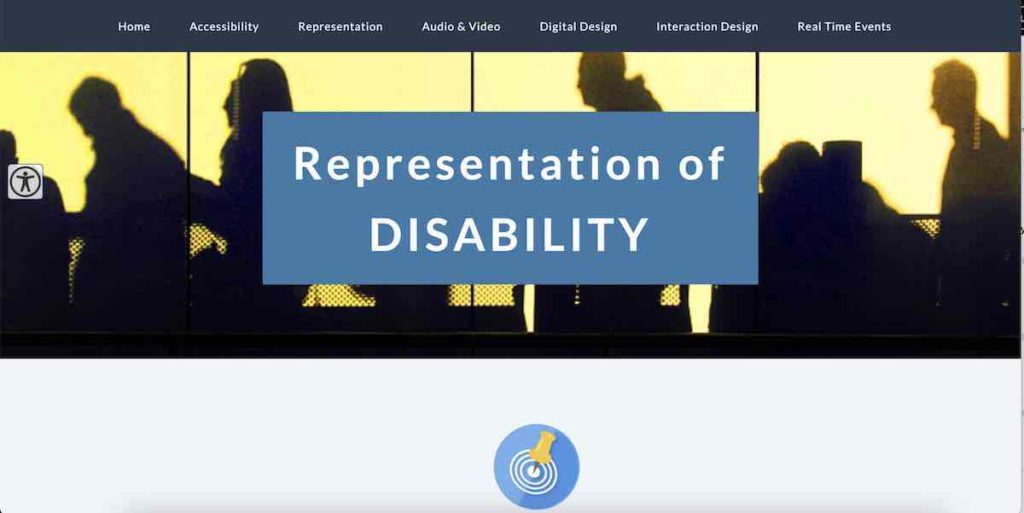
Making Accessible Media also discusses the problematic mainstream narratives and stereotypical representations of disabled people. They identify a variety of formulaic tropes that perpetuate and deepen ableist stereotypes and cliches of disability and explore the impact these tropes have on the lived experience of disabled people.
In this film that denies discursive framing in its title, disability‐identified artist Janna Brown presents medical readings of her experience of madness that emerge from one night spent in an emergency room, and their impacts upon her.
Janna expresses humiliation over her exposure, and frustration over what in her story is lost or left out once it is contained. She takes on the work in response to these misfittings, to gather up the threads lost that night, to weave her story into something closer to her experience—something messy and out of focus. Awash in melancholic watercolor greens and blues, images of her recur—disheveled hair, folded arms, an intake of breath. Working through this haze of imagery, listening to her fragmented poetics, we reach something like the madness that eludes diagnostic categories, that is opened up to wholeness, or the range of experiences that falls outside the limitations of available discourses. And this range is vast, for the film’s dedication refers to our stories as a galaxy of stars, their multiplicity cosmic in proportion.
Rice, C., Chandler, E., Rinaldi, J., Changfoot, N., Liddiard, K., Mykitiuk, R., & Mündel, I. (2017). Imagining disability futurities. Hypatia: A Journal of Feminist Philosophy, 32(2), 213-229. https://doi.org/10.1111/hypa.12321
Fat Activism and Fat Studies
Fat activist and fat studies scholar Charlotte Cooper discusses the impact of negative mainstream representations of fat people or those living in larger bodies. Cooper identifies the common visual representational tactic of the “headless fatty,” where fat bodies are often photographed and displayed, most often in news broadcasts or articles, without their heads. Cooper writes:
As Headless Fatties, the body becomes symbolic: we are there but we have no voice, not even a mouth in a head, no brain, no thoughts or opinions. Instead we are reduced and dehumanised as symbols of cultural fear: the body, the belly, the arse, food. There’s a symbolism, too, in the way that the people in these photographs have been beheaded. It’s as though we have been punished for existing, our right to speak has been removed by a prurient gaze, our headless images accompany articles that assume a world without people like us would be a better world altogether.
Charlotte Cooper, Headless Fatties
Through workshops such as Through Thick and Thin and Rolls and Race, these harmful representations are confronted and resisted by those who live in larger bodies or who may identify as fat.
Digital storytelling provides an opportunity to respond to dominant narratives around fatness and the fat lived experience, returning the “right to speak” which Cooper mentions above. These storytellers grapple with the narratives that are told about their fat bodies and attempt to confront and rewrite these stories.
Indigenous Experience and Dominant Narratives
The digital stories created through Re•Vision experiment with a variety of mediums, including photography, film, digital art, painting, and drawing, in order to reimagine the body in our social imagination and thus reconsider what it means to move through the world “differently.”
Given the saturation of the social world with stereotypic representations that distort Indigenous experience and hegemonic narratives that construct white colonial perspectives as normative, through digital storytelling projects such as nishnabek de’bwe win//telling our truths and inVisibility: Indigenous in the City, Indigenous storytellers push against colonial framing.
When co-creating with both Indigenous and non-Indigenous storytellers, we often begin with a presentation that explores problematic but ubiquitous representations of Indigenous peoples and show how Indigenous artist-activists have responded.
In the article Identifying and Working Through Settler Ignorance, we discuss how participant-video-makers might use their stories to intervene in colonial gazes and storylines.
